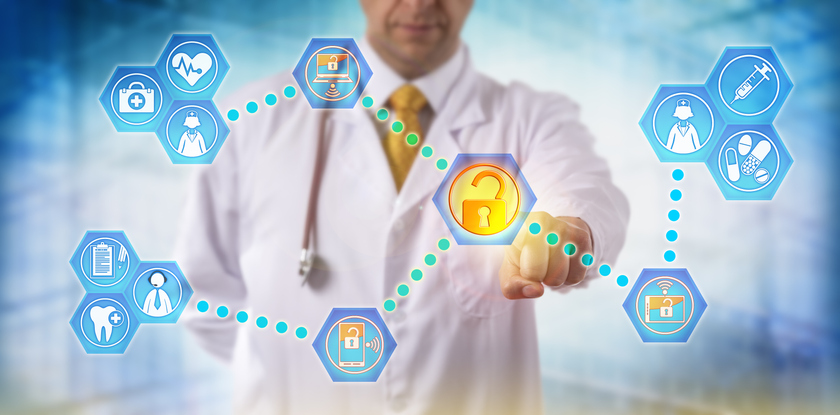The recognition that a patient’s medical records only tell part of the story has led hospitals and insurance companies to go to patients to get a better read of their mental and physical well-being and develop tools to spark conversations about any obstacles that may be preventing patients from improving. That was the core of an ENGAGE panel about listening to patients and the different approaches being taken to customer feedback.
Independence Blue Cross Chief Informatics Officer Somesh Nigam talked about predictive analytics tools IBC developed to trigger patient interventions, such as assessing which members have pre-diabetes. But one application for the platform was applied to customer service such as helping patients better understand their benefits before they are in the stressful situation of being admitted to the hospital. The ultimate goal was to anticipate customer complaints before they happened and do a better job to help them.
Asked what they had learned from patients, Nigam said: “What we are finding is not that we need to throw the most expensive treatments at patients, but do a better job of matching them with services in their community.

A Deep-dive Into Specialty Pharma
A specialty drug is a class of prescription medications used to treat complex, chronic or rare medical conditions. Although this classification was originally intended to define the treatment of rare, also termed “orphan” diseases, affecting fewer than 200,000 people in the US, more recently, specialty drugs have emerged as the cornerstone of treatment for chronic and complex diseases such as cancer, autoimmune conditions, diabetes, hepatitis C, and HIV/AIDS.
For example, what if lack of transportation is preventing patients from getting to their appointments? Nigam pointed to a patient transport service called Stat, a DreamIt Health portfolio company, that can take patients to and from appointments in some communities. “Transportation doesn’t need to be an obstacle anymore,” he said.
Tim Beebe, who serves as the research director of the survey research center at Mayo Clinic College of Medicine, said his team asked patients what kind of information could physicians provide that would be meaningful to them. It also asked physicians if they could follow their patients around, what clinically important information would you want to get? The idea is to get the information needed to better connect patients with resources in their community.
Another key point was using patient data to connect patients with social resources in their communities.
Now up @ #mcENGAGE Everyone is offering ways to gather patient feedback. Who is taking the feedback and using it? @CatavoltInc
— Kimberly George (@kimberlyanngeo) September 30, 2014

Using Informed Awareness to Transform Care Coordination and Improve the Clinical and Patient Experience
This eBook, in collaboration with Care Logistics, details how hospitals and health systems can facilitate more effective decision-making by operationalizing elevated awareness.
But for all the intervention mechanisms being used and in the works, it still wasn’t clear who is actually taking that feedback and making things happen for patients. That’s a message providers and payers will need to do a better job of delivering.












